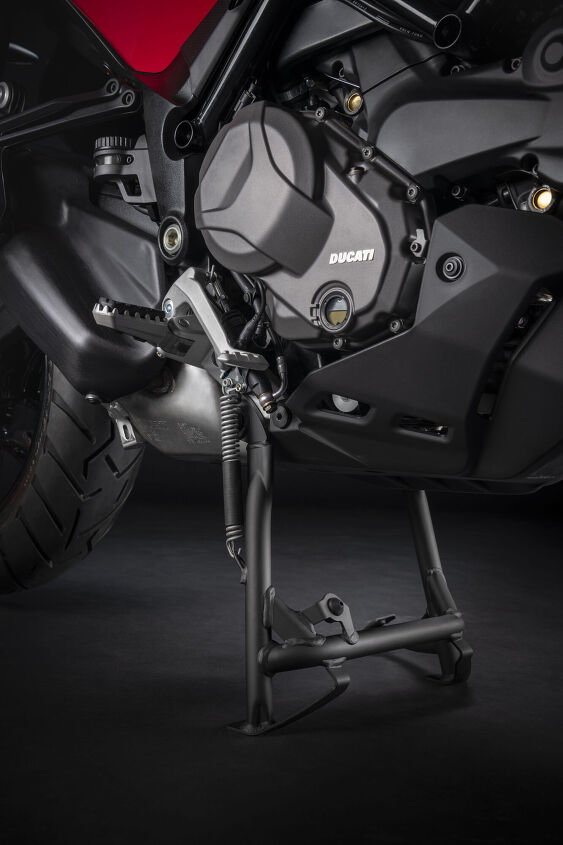
The processes and skill involved in making a Japanese blade in the traditional manner are quite remarkable and involves many stages to go from steel billet to completed sword. Ken: The Ken is the name for the blade of a Japanese sword. Sageo: The sageo is a cord the secures the saya to the warrior’s side allowing for convenient and easy access. Most saya are then lacquered in order to provide a level of weatherproofing and for decorative purposes. Traditional Saya is constructed from Honoki wood, which is carved and fitted together into the desired shape. Saya: The Saya or scabbard is used to protect the blade while not in use, both from the elements and to prevent accidental injury. The purpose of the habaki is to increase the swords stability and the ensure all parts fit tightly together. Habaki: The habaki is the metal collar located at the base of the blade of the sword. The tsuba additionally helps protect the wielder’s hand from slipping from the handle onto the sword’s blade. Often these handguards are engraved or carved with patterns or creatures to create fascinating designs. Tsuba: The tsuba is the japanese name for the swords handguard. Seppa: The seppa look a bit like metal washers which serve as spacers located on the sides of the handguards and they allow for the tightness of the sword handle to be adjusted.
#PARTS OF A KATANA FULL#
A full tang is highly recommended if a functional sword is required.įuchi: The fuchi is the metal sleeve that keeps the tsuka locked together. Tang: The tang is the section of the blade that extends into the swords handle, the tang may also be called the nakago. It’s important that these pegs are flexible and durable so as to remain intact when the sword is impacted. Mekugi: The mekugi are small pegs made from bamboo that affix the swords tang in place underneath the handle. These ornaments would often be used show the character of the sword owner, nowaday they are purely used for aesthetic purposes. The menuki will be placed on top of the samekawa but under the tsukaito. Menuki: The menuki are small decorative sculptures, often depicting animals or mythological creatures. Modern versions will often use synthetic materials.
#PARTS OF A KATANA SKIN#
It’s often made from stingray skin or occasionally shark skin. Samekawa: The samekawa is another form of hilt wrapping which sits under the tsukaito. The tools required are paper, glue, cloth (ito) and of course the tsuka itself. The process of wrapping the hilt of the sword is called tsukamaki, and required a great deal of patience and skill to master. Tsuka: The tsuka is the swords handle which has been tightly wrapped with a type of cloth called the tsukaito. Kashira: The kashira is the butt, pommel or knob which is found at the end of the swords handle.


Nowadays the Samurai no longer exist, but there is still intense regulation around the forging of Katana within Japan, with limited numbers produced per swordsmith every year. Traditionally, only the Samurai caste could own and wield a Katana, the punishment for breaking this law was often swift and deadly. No two Samurai Swords are ever going to be identical, they’ll each have their own quirks and character imparted by the sword forging process.

The Katana has been forged and crafted by skills swordsmiths for hundreds of generations, evolving over time to become the sword which is now at the forefront of popular culture. Fabled for being wielded by the Samurai warrior caste, it has a long and rich history, beginning with its Chinese origins all the way up to its use in the second world war and beyond. The Katana or Samurai Sword is Japanese sword with ancient origins.


 0 kommentar(er)
0 kommentar(er)
